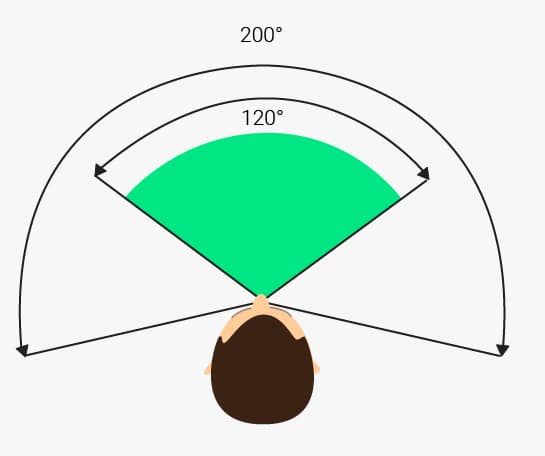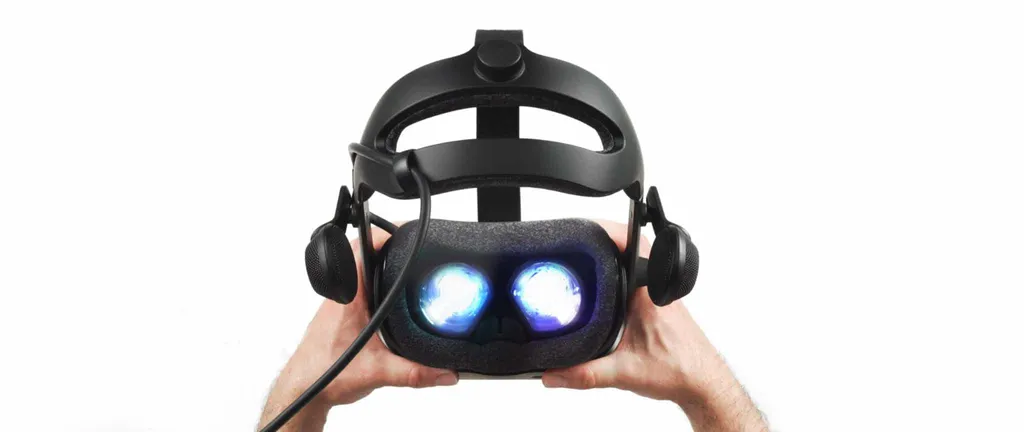A VR development studio created a tool to measure the field of view of PC-capable VR headsets and a database to show the results.
The tool, made with Unreal Engine, supports SteamVR and Oculus Rift on Windows. It was created by iNFINITE Production, based in Prague. Its past VR projects include Experience: Colorblindness, which simulates what it’s like to live with poor color vision.
“Field of View” refers to how much of your vision a VR headset’s display system covers. A wide field of view immerses you in a virtual environment, whereas narrow field of view can feel more like using binoculars.
Human field of view is somewhere around 210°×150°.

The field of view of a given headset is notoriously difficult to consistently measure, because it actually changes depending on the distance between your eye and the lens. That distance is determined by the shape of your face and the fit of the headset.
Some headsets like Valve’s Index allow the lenses to be moved closer independently of the rest of the hardware.
iNFINITE’s webpage lists the average of the uploaded values for each headset, revealing what could be the most complete field of view measurements yet:
| Pimax Vision 8K X | 156°×104° |
| Pimax 5K+ | 140°×101° |
| Valve Index | 108°×105° |
| Samsung Oddysey+ | 103°×107° |
| HP Reverb (G1) | 98°×92° |
| Oculus Quest | 96°×94° |
| HTC Vive Cosmos | 95°×86° |
| HTC Vive (2016) | 86°×86° |
| Oculus Rift (2016) | 86°×86° |
| Oculus Rift S | 86°×85° |
iNFINITE claims the database now has 70 samples. Over time as this sample size increases, we should get a clearer picture of the typical field of view these headsets offer in real use.
We’ll also be curious to see how Oculus Quest 2 and HP Reverb G2 rank in this dataset. Will Facebook & HP deliver more immersion? We’ll let you know when we find out.




























